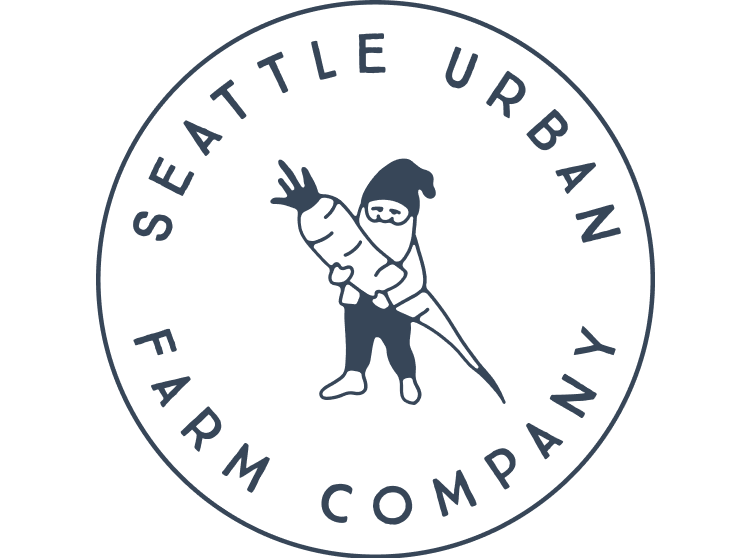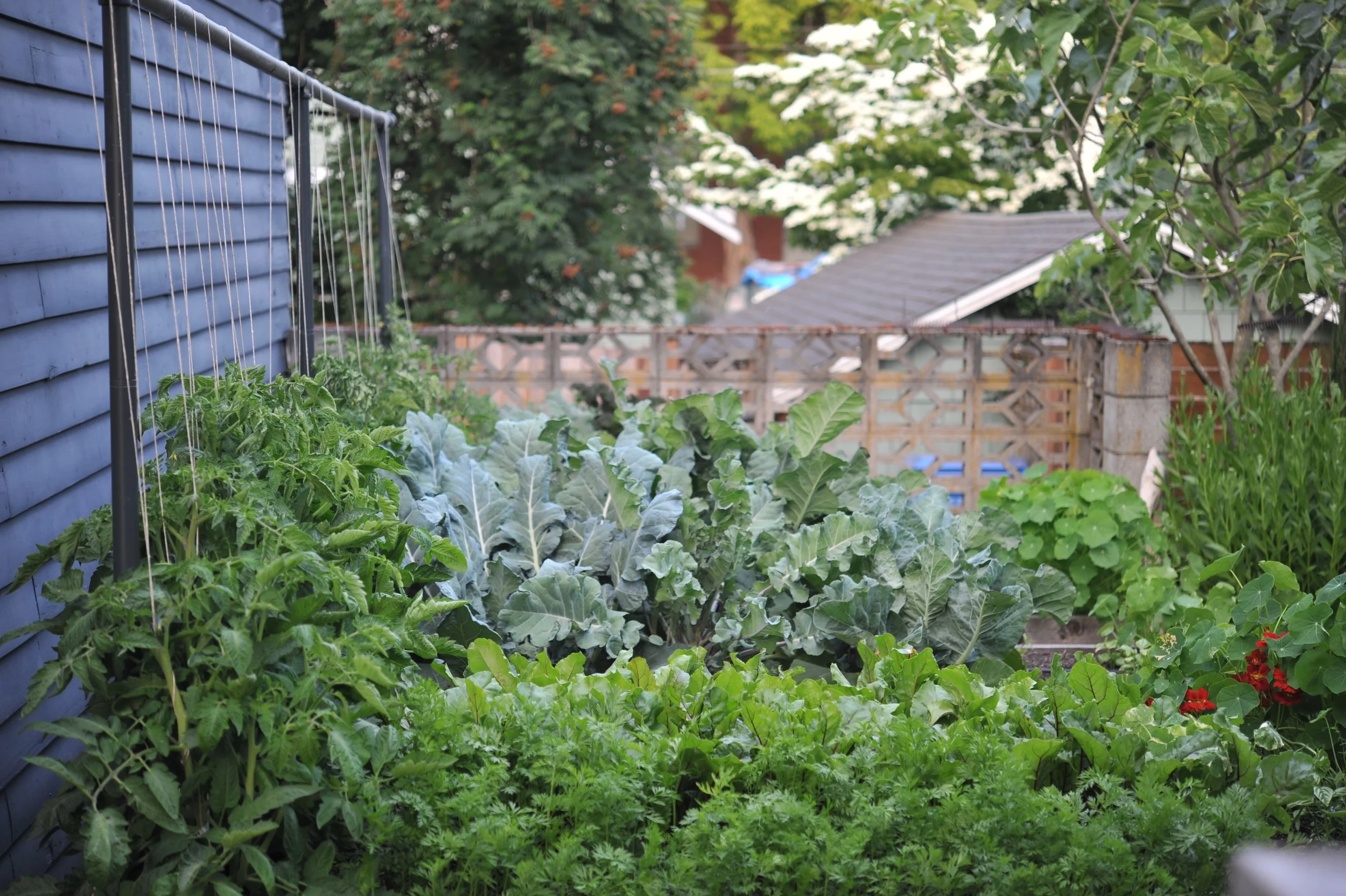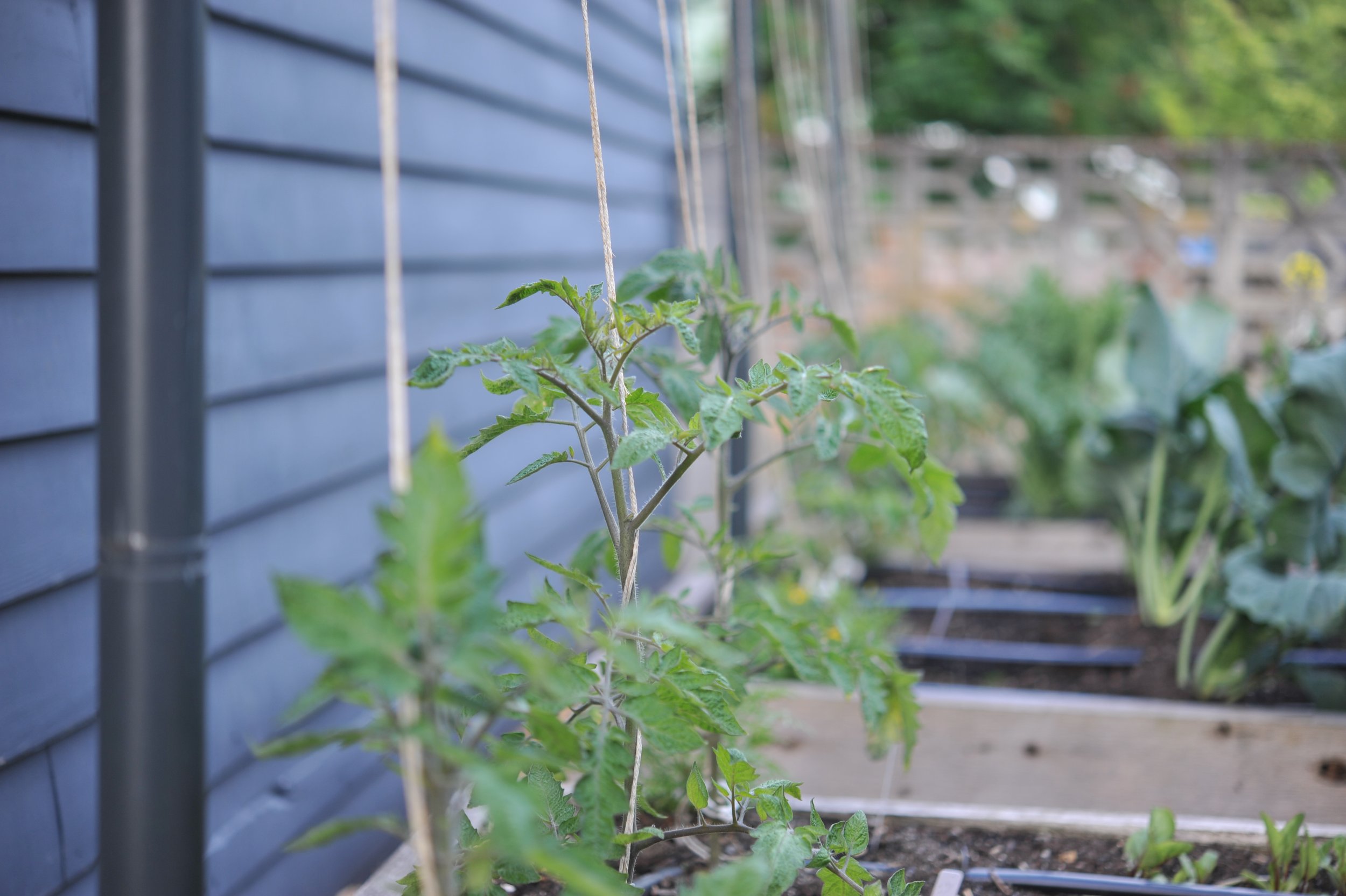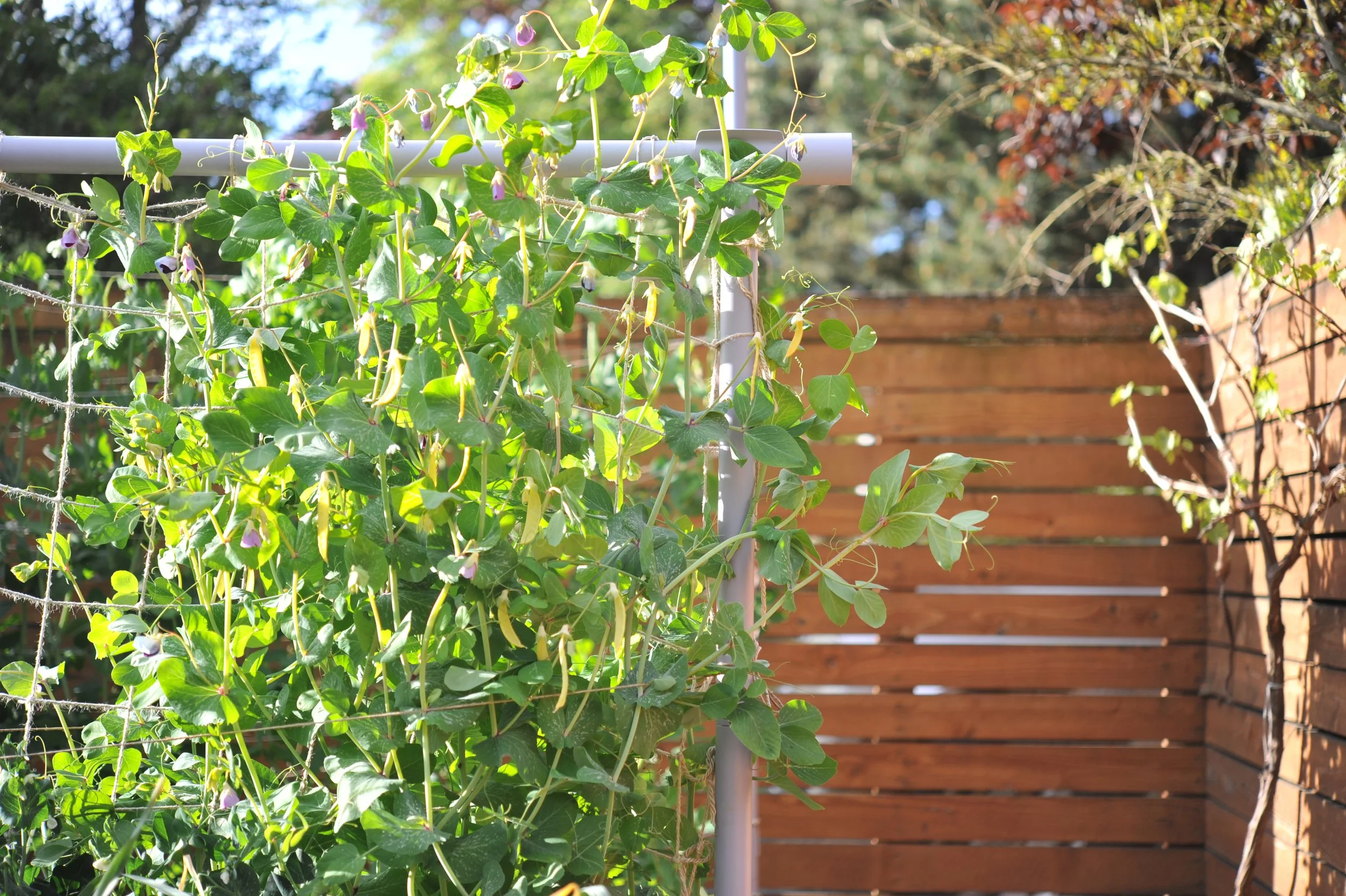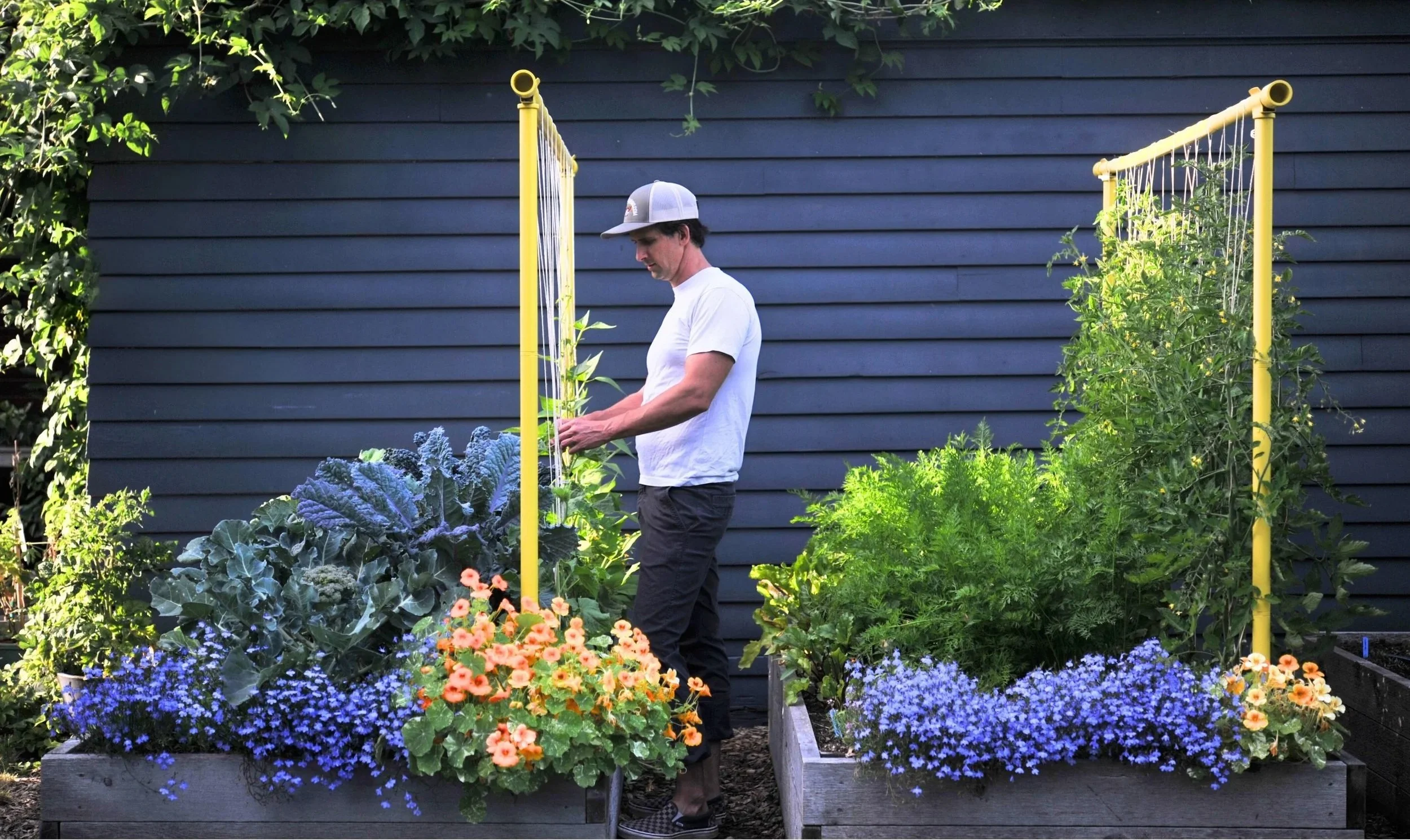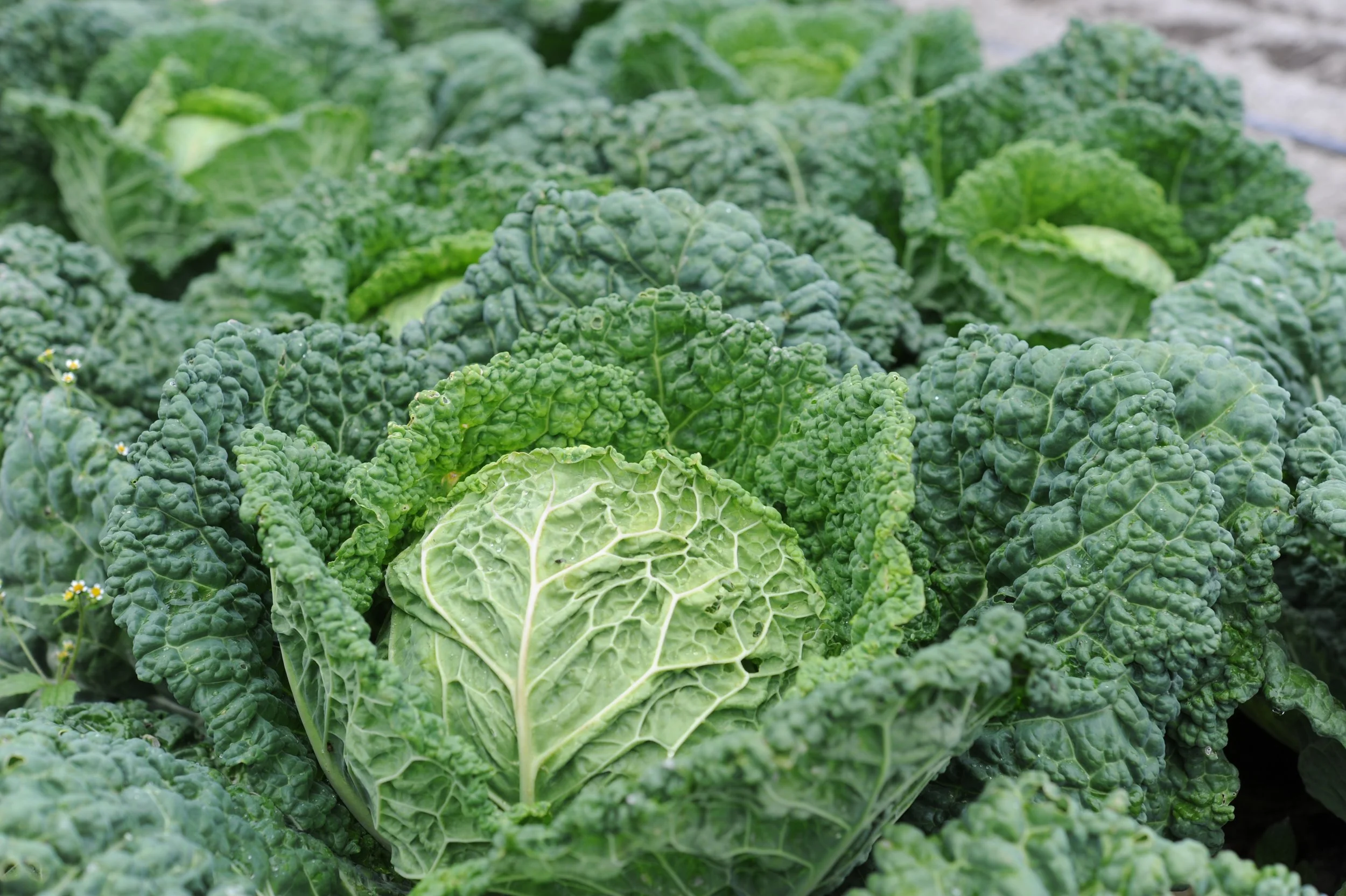Welcome to part 2 of our 2-part series on organic fertilizer! In the first part of the series, we talked about Nitrogen as an essential nutrient for healthy plant growth. This week we're talking about Phosphorus and Potassium. These two nutrients are responsible for many vital plant functions, including root growth, flower production and fruit development. As we discussed in part one of this series, the NPK ratio is a tool for informing gardeners of the relative percentages of nitrogen, phosphorus and potassium in a fertilizer. So this week's podcast is all about the P and the K of that ratio.
HOW TO LISTEN:
Listen right now in your browser by clicking above.
Subscribe in iTunes (or your favorite podcast player) to have our podcasts sent directly to your device.
SHOW NOTES:
In this episode, we discuss:
Phosphorus and Potassium (P + K of the “NPK” ratio)
The roles Phosphorus and Potassium play in the health of your garden
Organic sources of Phosphorus and Potassium
Important Take-aways:
Vegetable crops pull a lot of nutrients out of the soil, so no matter where you're growing, those nutrients need to be replenished.
Phosphorus and potassium, are responsible for many vital plant functions, including root growth, flower production and fruit development.
Phosphorus
Compost can contain a significant amount of phosphorus. Compost also acts as a chelating agent and combines with iron. Basically, this means that it converts the micronutrient iron into a soluble form that the plants can absorb.
Phosphorus can be unavailable to plants if your soil pH is out of whack, so if you are having issues with phosphorus deficiency in the garden, make sure to check the pH before just continuing to add more fertilizer to the soil. This element is most available to plants when the soil pH is between 6.0 and 7.0.
Organic sources of phosphorus are rock phosphate, bone meal and compost
Potassium
Potassium plays a crucial role in your plants ability to absorb water.
Organic sources of potassium are greensand (which is more of a long-term investment in the soil) and sulfate of potash. (which releases nutrients more quickly).
While organic fertilizer ingredients like greensand do add micronutrients to the soil, many growers use Kelp Meal or other seaweed products to add micronutrients to the garden. We apply kelp to gardens in both a granular and liquid form.
The idea behind a foliar feeding is that the fertilizer is sprayed directly on the leaves of the plant. Typically people try to do foliar feeding first thing in the morning when the stomata on the leaves are still open and they can most effectively soak up the nutrients in the spray.
Like what you hear? Please share our podcast with a friend. Subscribe on iTunes or your favorite podcast player so you never miss a beat. And we'd really appreciate you showing us some love by leaving a rating and review on iTunes.
Have a topic you'd like see us dig in to? Leave us a note in the comment section below or #EBpodcast on Instagram and Twitter!
We need your support to keep make fresh, quality weekly content! Support us here:
